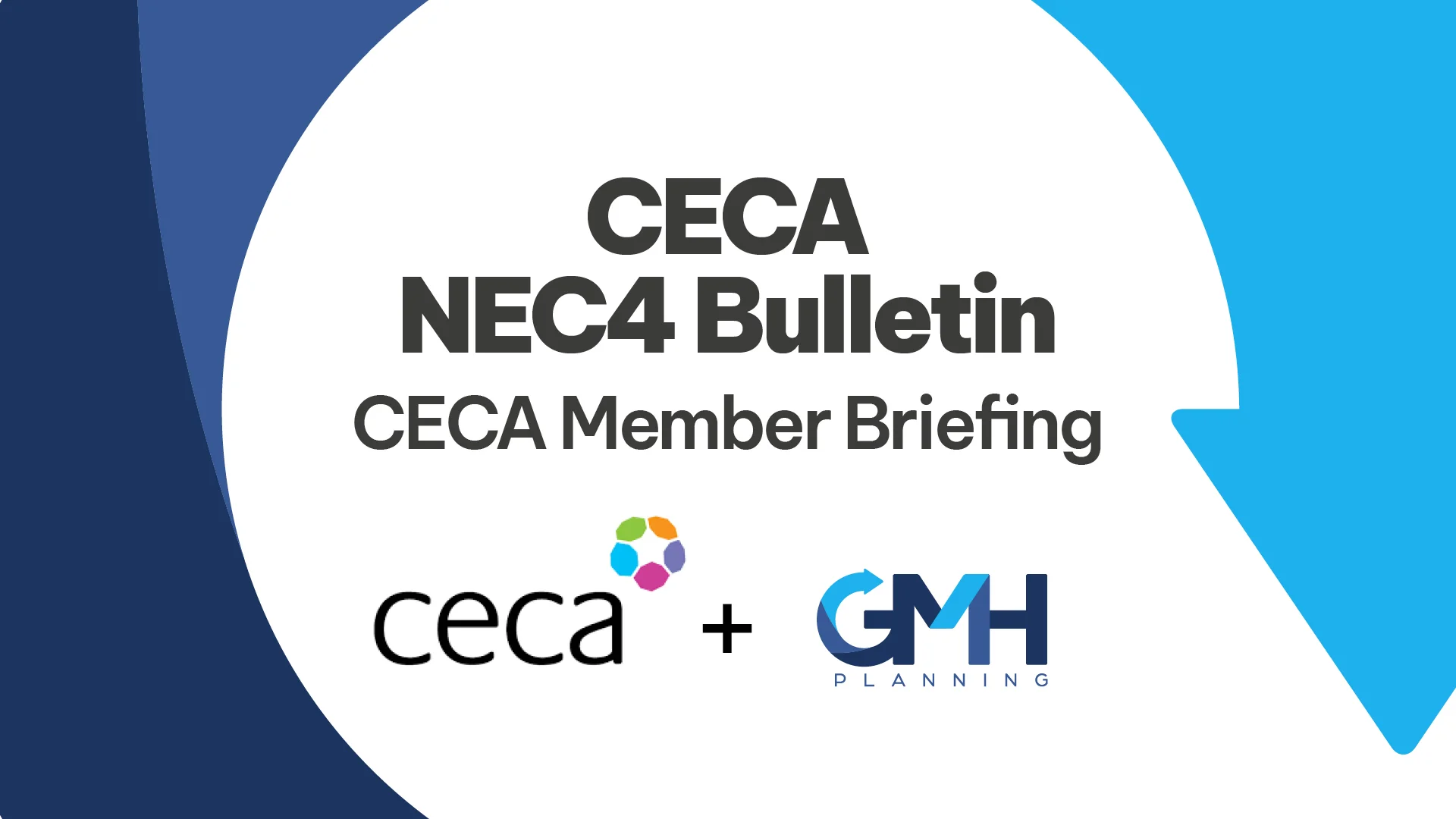
Next month we will be issuing a very important bulletin sharing a review of the ‘state of the industry’ regarding the practical application and experience of industry professionals managing NEC contracts. This month we have a sneak preview focusing on one of the issues raised, regarding the management and understanding of early warnings. The need for this bulletin results from that feedback that early warnings are still being misunderstood by individuals who then can end up influencing (negatively) the administration of a project. This bulletin focuses on the ECC contract and the role of the Project Manager/Contractor in the process, but the same principles exist in most of the other NEC contracts (such as ECS and PSC) between the parties involved.

Sometimes early warnings can be viewed as a commercial tool by either party which is not their intent. As a percentage, how often do you see early warnings being taken negatively?
This is the question that was put to industry professionals. Whilst the survey is still currently running and the final results will be issued next month, the current response from people taking the survey is that 53% of people still experience individuals who consider the early warning process as being in some way negative.
What is an early warning?
There are only two words to analyse here so this should not take long…
What does “early” mean? It means occurring in the first part of a period of time, with little time elapsed”. Straight away. Not late.
What does “warning” mean? Something that serves to give notice, or caution regarding a particular matter that could otherwise have a negative outcome.
Put it all together:
At a point where little time has elapsed since becoming aware of an issue, a party should serve notice to others to give caution that a particular element could be a problem.
Or, put more simply: “there is a potential problem so let’s talk about it” whilst there may be the opportunity to be able to do something about it!
Notification of the early warning:
NEC contracts make it clear that either party should notify an early warning for a matter that could impact (in simple terms) time/cost/quality. As to which party are more likely to notify, it will often be the Contractor (assuming an ECC) who will be unearthing the problems and be more likely to be notifying a number of the potential issues. A Project Manager should equally be notifying any matters that they can see, particularly matters that they are aware of from a Client perspective that the Contractor is less likely to know about.
What should be included in the notification of an early warning?
All that it contractually needs to include is a description of the matter, and confirmation as to what it could impact in terms of time/cost/quality (normally dealt with as a tick box list in cloud-based systems such as Cemar). The notification could also state if an early warning meeting is required, and if so, state who should attend, and when and where it is to be held.
What is the next stage once an early warning has been notified?
Either the Project Manager or the Contractor can instruct the other to attend an early warning meeting (formerly a ‘risk reduction meeting’ under NEC3). A Subcontractor can be invited to attend if they could assist in deciding the actions to be taken. At the meeting, those who attend should co-operate in considering proposals as to how the effect of each matter could be avoided or reduced. They should look for solutions for whoever will be affected and decide on actions to be taken (and who should take them). At the meeting, matters which can be removed from the Early Warning Register should be agreed, and previous actions reviewed to see if different actions need to be taken and updated accordingly. NEC4 also introduces an “early warning meeting interval” into contract data part 1, where they will state the frequency that these meetings need to be held. This should encourage the more regular occurrence of these meetings and mean at least every four weeks/month there will be a minimum of one meeting to discuss such early warnings.
Does an early warning meeting have to be held for each early warning?

Not necessarily. Some early warnings may be very clear and obvious, and simply require a response from the Project Manager to close out the issue without the need for a meeting. Most early warnings however would at least warrant a discussion to ensure all parties understand the potential issue before dismissing/closing the issue on the register.
Who should update the Early Warning Register?
With most cloud-based systems the early warning reference number, the date of issue and the description of the matter will self-populate the first three columns of an Early Warning Register. It is then the responsibility of the Project Manager to revise the Early Warning Register to record the decisions made at each early warning meeting and issue the revised register to the Contractor within one week of the meeting (or in practice ensure it is updated on the cloud-based system within one week).
Does an early warning need a formal response?
Interestingly the answer is no. There is no obligation to respond to an early warning. The intent is that it is discussed in a meeting and then the actions that need to be taken recorded in the Early Warning Register. Unfortunately, this contradicts how most current cloud-based systems are set up in this regard. Most of these platforms suggest a response is required, and that the response defaults to be within the “period for reply”, both of which are contractually incorrect. It requires a response within that cloud-based tool, as otherwise it shows as an outstanding action (which is very frustrating). The fact that once responded to it never reappears as an action again, shows what a somewhat irrelevant process that element is on those systems.
However, if the early warning is very clear and the Project Manager has a definitive answer without the need to meet, then the Project Manager can respond with the answer without needing to meet and discuss. Therefore, a response may be suitable to an early warning without the need for a meeting, but a response is not mandatory.
Does it matter whose liability the matter is?
No – the liability should not be the focus of the discussion. The actions should agree the best way forward and who should take what action. The liability of any such actions should be easy to ascertain within the rest of the contract wording.

Why might one party see an early warning as negative?
It is hard to understand why they may, other than simply they have not understood the true contractual intent of this process. Our survey question shows that 53% of people surveyed still come across people who think this way. As described in this bulletin, the early warning process and associated register should be seen as a tool to avoid or limit the effects of issues that would otherwise cause much bigger problems. It is hard to see how this can be seen as anything other than a good thing!
What consequence is there if a Contractor does not notify an early warning?
As discussed in more detail in CECA bulletin 6, if a compensation event is notified and the Project Manager believes the Contractor did not give an early warning which an experienced Contractor could have given, they can take that into account when they assess the compensation event quotation (clauses 61.5 and 63.7). It could also lead to a disallowed cost if a cost was incurred because the Contractor did not give an early warning which the contract required it to give for options C/D/E/F.
Could either party be tempted to “swamp” the system with numerous early warnings?
It should be in neither party’s interest to do this. An early warning does not change liability, and there is little or no point in notifying an early warning if there is no positive action that can be taken. Where one party has done this, it is normally through lack of understanding of this part of the contract and they should be educated accordingly.
Summary:
The early warning process is incredibly simple. Either party should let the other know of a potential matter that could cause a problem in terms of time/cost/quality. This should then prompt a discussion and agreement of the best way forward to try to avoid or minimise the risk and the actions recorded on the Early Warning Register. The register should then be regularly reviewed to update the actions or “close out” an early warning if it is no longer an issue, or there are no further mitigation measures possible. It should be viewed by all as a very positive process that will benefit the outcome of any project.

